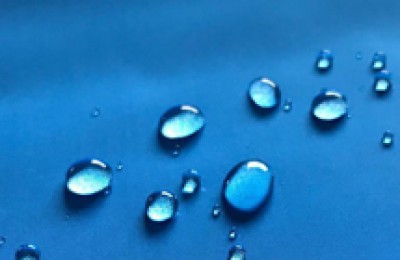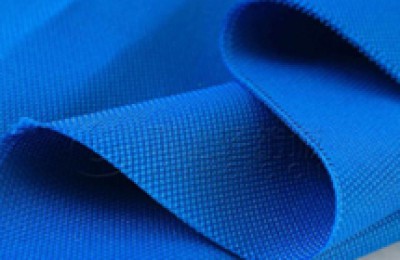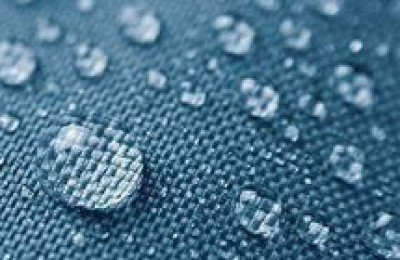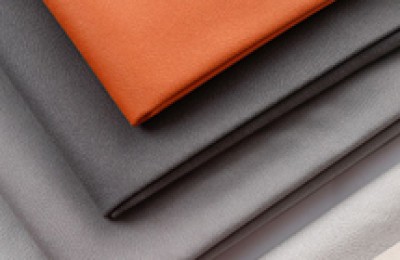What is suede?
Natural suede originally refers to animal suede, which looks very similar to a deer, but We can see from the picture below that the skin of suede is different from the suede we usually see. It does not have short and dense velvet.
This is because the animal’s skin and hair must be peeled off first during leather processing, and only the grain surface is used layer and meat topping. Muntjacs are often active in the jungle and are injured by branches, rocks, and even other animals, resulting in more injuries on the grain layer of the skin. If they are directly processed and used, the quality will be poor, and the grain layer will usually be sanded to cover up the scratches. To get a better look and because of this also get a unique suede style.
Over time, people also like to call this suede-processed leather “suede”.
Since muntjac is a national second-level protected animal, natural suede is also replaced by deerskin, goatskin, sheepskin, pigskin, and cowhide, and is also sanded and grained. Layer way to get a suede style.
However, with the development of the times and the progress of the industry, the feel and appearance of imitation suede in the textile printing and dyeing industry have become quite similar to natural suede, and its surface texture has also It is similar to natural suede. After special finishing, it is fine, smooth, soft and plump. It is more durable and easier to maintain than natural suede.
Suede production and processing technology
Artificial suede The production methods can be roughly divided into three types: weaving method, knitting method, and nonwoven method.
Imitation suede weaving process:
Woven: gray cloth – desizing, refining, relaxation and alkali reduction (fiber opening) → Pre-shaped brushing and dyeing → Restoration and cleaning and finishing → Setting → Finished product
Knitting: warp knitted gray wool shearing – pre-shaping, refining and relaxation, alkali reduction (fiber opening) – dyeing Restoration, cleaning, pre-shaping and grinding, then finishing and shaping → Finished product
Weft knitted gray fabric – Refining, relaxation, alkali reduction (fiber opening) – Dyeing → Restoration and cleaning, sectioning → Pre-shaping brushing and grinding Post-finishing→Finished products
Sea-island fiber, the raw material of suede, is island-type fiber, also known as matrix fibril. It is formed by a polymer embedded in another polymer (matrix) in a very fine form (fibrils), and because the dispersed phase fibrils are in the form of islands in the fiber cross section, the continuous phase matrix appears as a sea. state, so it is also vividly called island fiber.
Many people have misunderstandings about the island-type microfiber, and mistakenly regard the peel-type microfiber with the center connected (industry insiders vividly call it orange flap silk) Also used as island fiber. The component of this fiber is generally polyester and nylon, and the ratio can be 50:50, or nylon can be reduced to 30% to 40%. After peeling off, the nylon component remains in one piece and becomes a thicker special-shaped yarn, a bit like the skeleton of the fiber remains, while the polyester component splits into several petals (such as 4 petals, 8 petals, 16 petals, etc.).
Dyeing process: Because the island ultrafine fiber artificial leather is composed of ultrafine polyamide fiber and polyurethane, the ultrafine polyamide fiber dyes quickly, has poor level dyeing, and has poor dyeing properties. It has poor deepness, large dye consumption, and low dyeing fastness. Polyurethane fibers have different affinities for dyes, which affects the uniformity of dyeing, so it is very difficult to dye.
To this end, a large number of experiments on dyes, auxiliaries and dyeing processes are needed to select suitable dyes and auxiliaries, determine the appropriate dyeing process, and achieve dyeing evenness, depth and dyeing. Dye through and maintain high color fastness.
The general dyeing process is: leveling agent 1%~3%, penetrating agent 1~3g/L, acid-releasing agent to adjust the pH value to 4~8, and add the required Dye, then raise the temperature to 35℃, 1C/min to 65℃, 0.4℃/min to 105℃, keep warm for 90~120min, then cool down, wash with water or perform necessary post-processing.
The post-treatment process is based on different product uses and different user requirements, and performs three-proof, antibacterial, flame-retardant, anti-ultraviolet and other post-processing on the products. We also carry out special finishing according to different requirements, such as printing, veneer, embossing, hot stamping, magnetization, carbonization, atomization, breathability, fragrance treatment, etc.
PU finishing: All imitation suede materials must be impregnated with PU resin, which will affect the feel of the imitation suede materials. The PU resin used for imitation suede materials has the following characteristics: it has a certain elasticity; it has a certain plasticity; its characteristics do not change with temperature; it has a low glass transition temperature and a high softening point; it is soluble during processing; it is porous.
Key points of production process
Production process analysis, imitation suede There are three links that are crucial to the success of velvet production.
1. The quality of raw materials and the selection of fiber-soluble formula: To ensure the stability of the quality of the fabric, it is required to ensure the original quality.�� is a first-class product and the same batch number. The fiber-dissolving formula uses special high-temperature alkaline water (water at 150°C, pH=13~14) that matches the raw materials.
2. Weaving process: The front weaving must be twisted or covered evenly. The vacuum degree and the process selection of rising and cooling when setting are very important, otherwise the fabric will easily appear after dyeing. Color flower phenomenon.
3. Sanding dyeing and suede treatment: The sanding effect is not good and will produce dark and light colors. The sanding of the fabric is completed by cutting emery. The mesh number of the sand leather is small and the emery particles are large. The force on the fabric during the sanding process is large. The fuzz produced is long and the strength of the fabric is greatly reduced. On the contrary. , if the mesh number of the sand leather is too large, sanding will be more difficult and the cost will increase accordingly.
The five-pass sand grinding roller adopts the “heavy first and then light” sanding process, that is, the first sand roller uses a lower mesh sand belt, with the purpose of as much as possible The fiber in the yarn is pulled out and cut into single fibers; the last four sanding steps use a relatively high mesh sand belt, the purpose is to continue to pull out the fiber in the yarn and cut it, and more importantly, to Pull out the cut single fibers and grind them into fluff, so that the ground fluff can better achieve the effect of “fine, short, dense and even”.
The tension during dyeing is also very important. If the tension is too high, hair loss will occur, such as the shape of chicken feet.
Suede treatment is mainly a suede softening treatment, and the quality of the treatment directly affects the feel and wearing performance of the fabric. </p







